Description
Description: Chinese blue and white ginger jar, decorated in underglaze sapphire blue of high quality with a motif known as “四妃十六子“, which means “Four concubines and Sixteen sons”. It is a wish for many sons. The decoration is divided in four barbed medallions, each one containing a lady and four boys. The medallions are spaced by the eight Buddhist emblems. It is interesting to note the horse toy of one of the boys, not dissimilar from those still existing in the first half of the 20th century, 200 years later!
This jar is a rare one for several features. The motif, the high quality of the painting, the exceptional white and fine paste, the mark, the uncommon (for this type of ware) swastika border at the neck. The white background of this jar is pure white, lacking the normal bluish hue that is commonly seen on the ware of this period. Such white is only seen, for an unclear reason, on the early famille verte ware, not on blue & white ware of the period. The mark (see last picture) reads “Cheng” and is probably the name of the owner of the kiln. We are not aware of other items with this mark, nor is it reported on “Marks on Chinese Ceramics by Gerald Davison.
Dating: 17th century, Kangxi period, Qing dynasty. By the style of the figures and faces of the ladies and boys, the dating of this jar should fall between 1680 – 1700.
Size: 24 cm high
Provenance: Antiquarian market
References:
Notes: The “Four concubines and sixteen children” subject was popular during the early Qing dynasty, as is the case of this jar. The motif was propaganda by the Qing court to encourage more children. In the early years of the Qing Dynasty, wars reduced the country’s population sharply. From the end of Shunzhi to the Kangxi period, especially since the mid-Kangxi period, the large-scale wars in the territory ended, the society tended to be stable, and all industries were waiting to flourish. Manpower was required to work on the farms. So, the demand for population increased. Hence, more children in the families, especially boys, were a valuable asset. The four concubines signify also the four virtues, and the sixteen children represent loyal subjects. Therefore, the motif wishes the country’s peace and prosperity.
The same motif is on the ceramic snuff bottles C20 and C48.
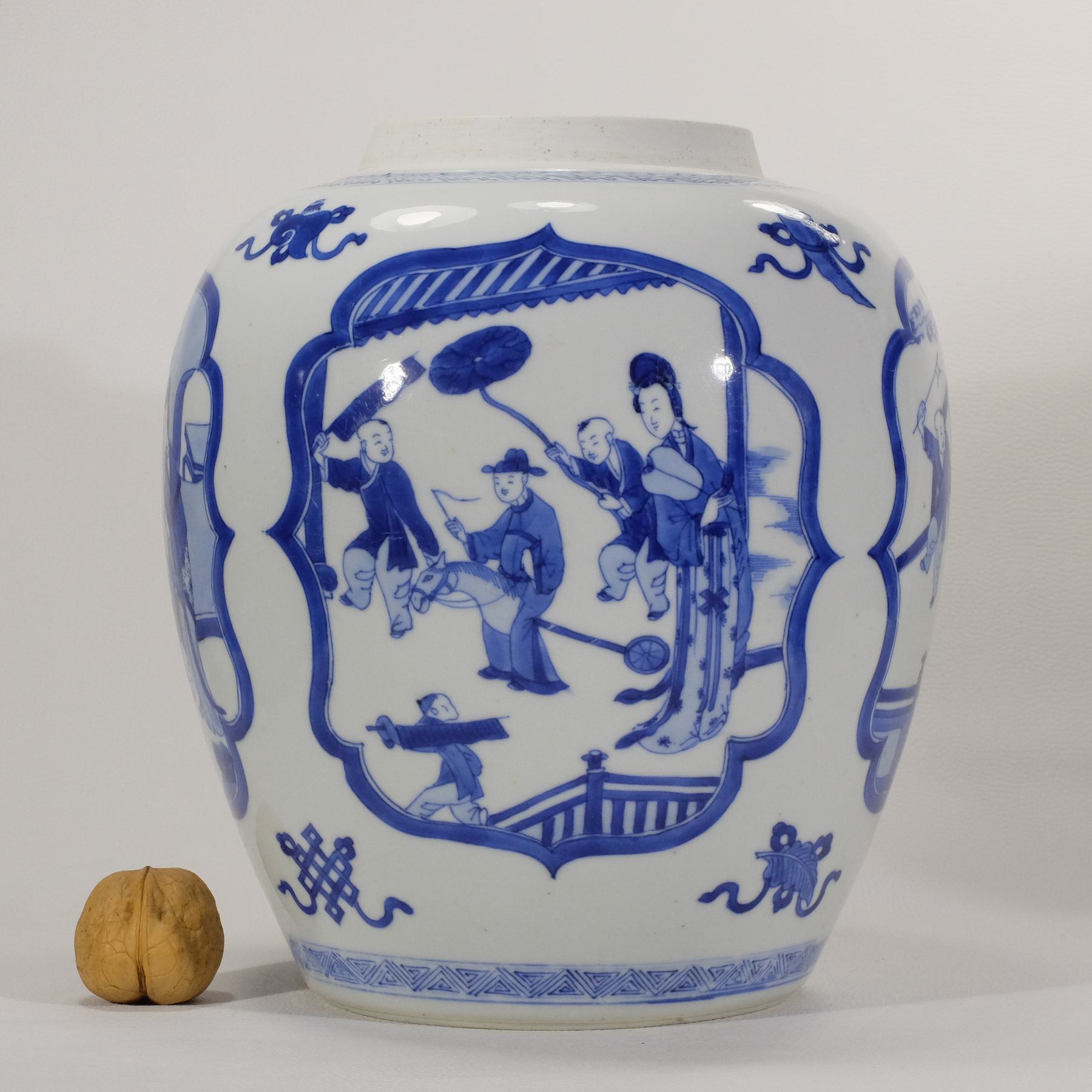
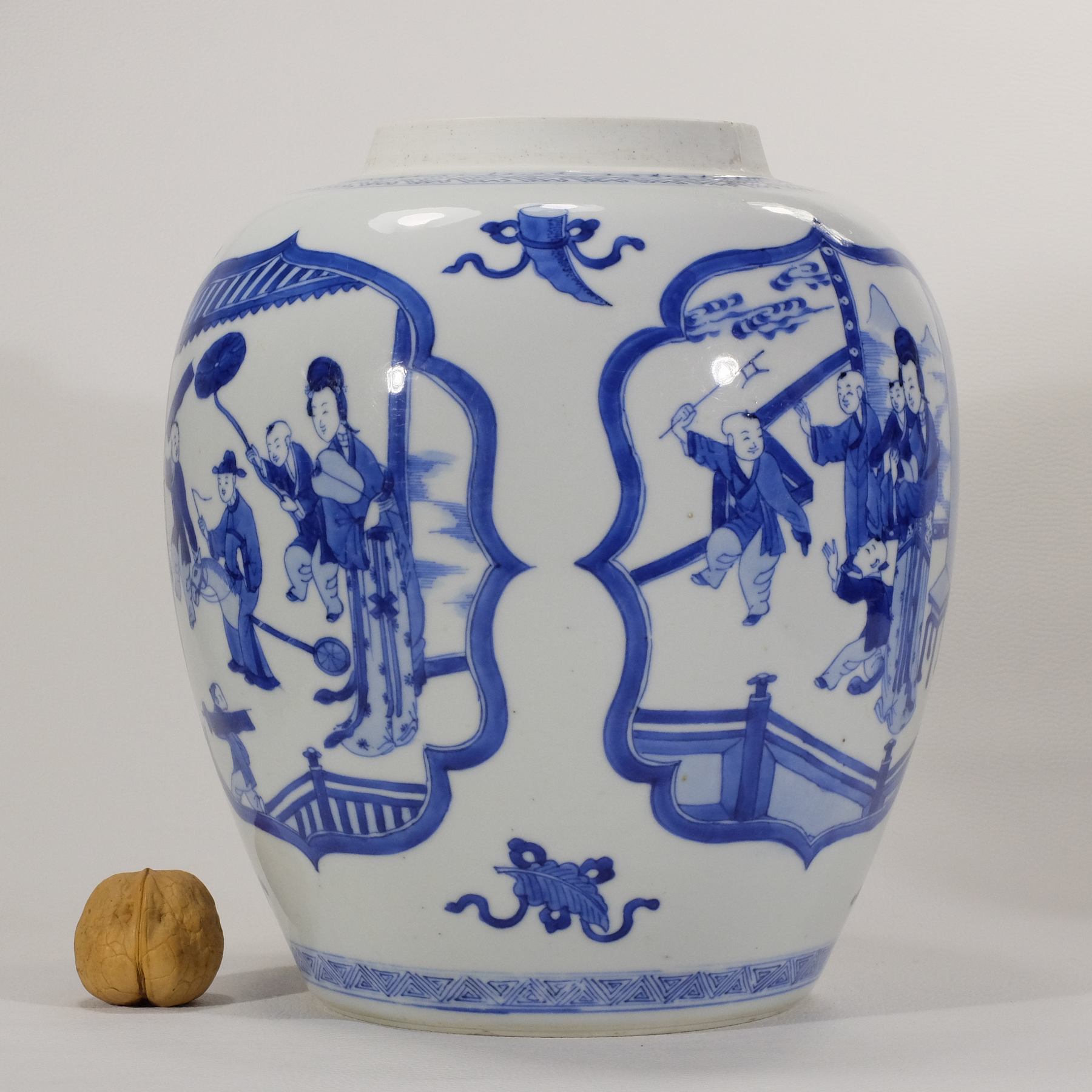
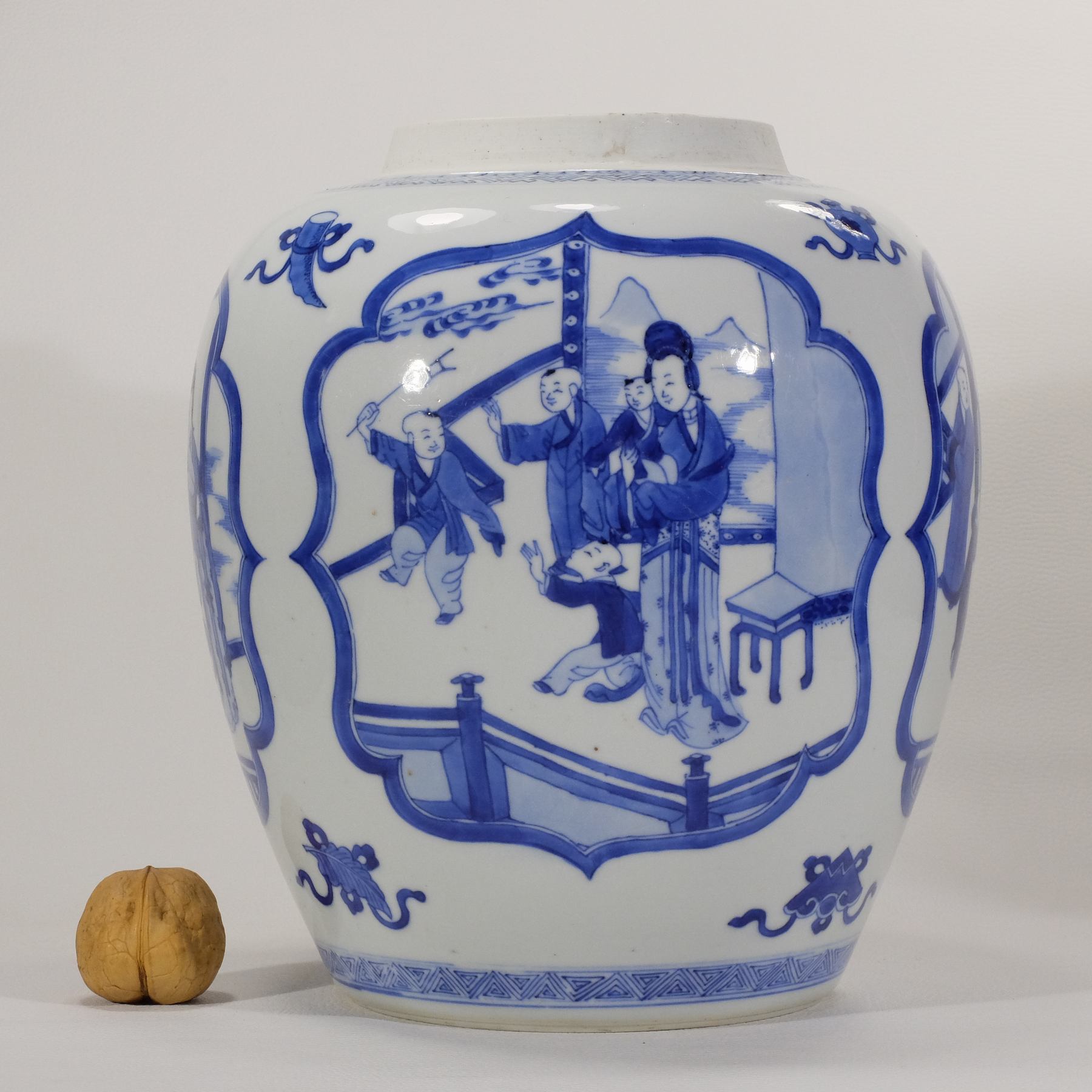
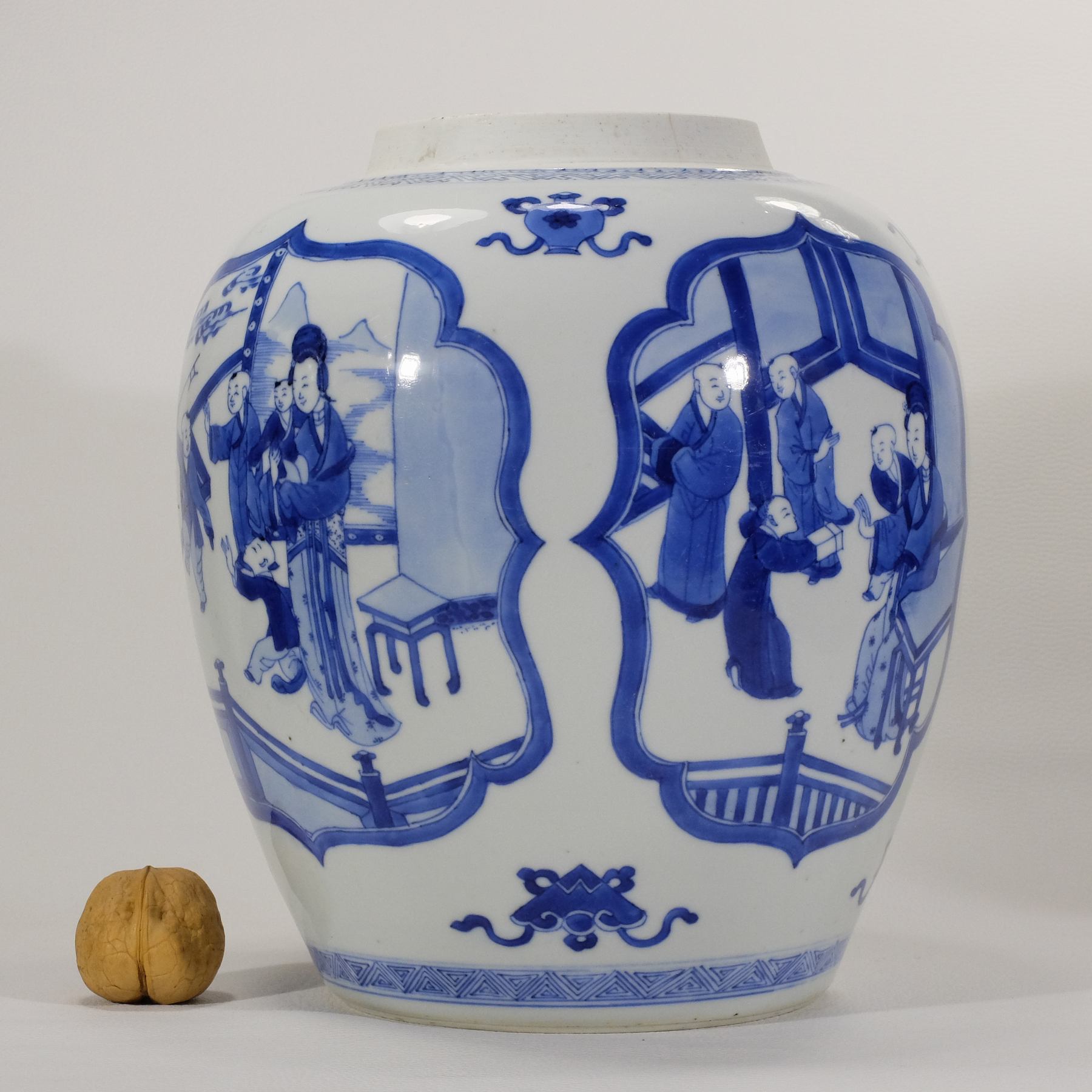
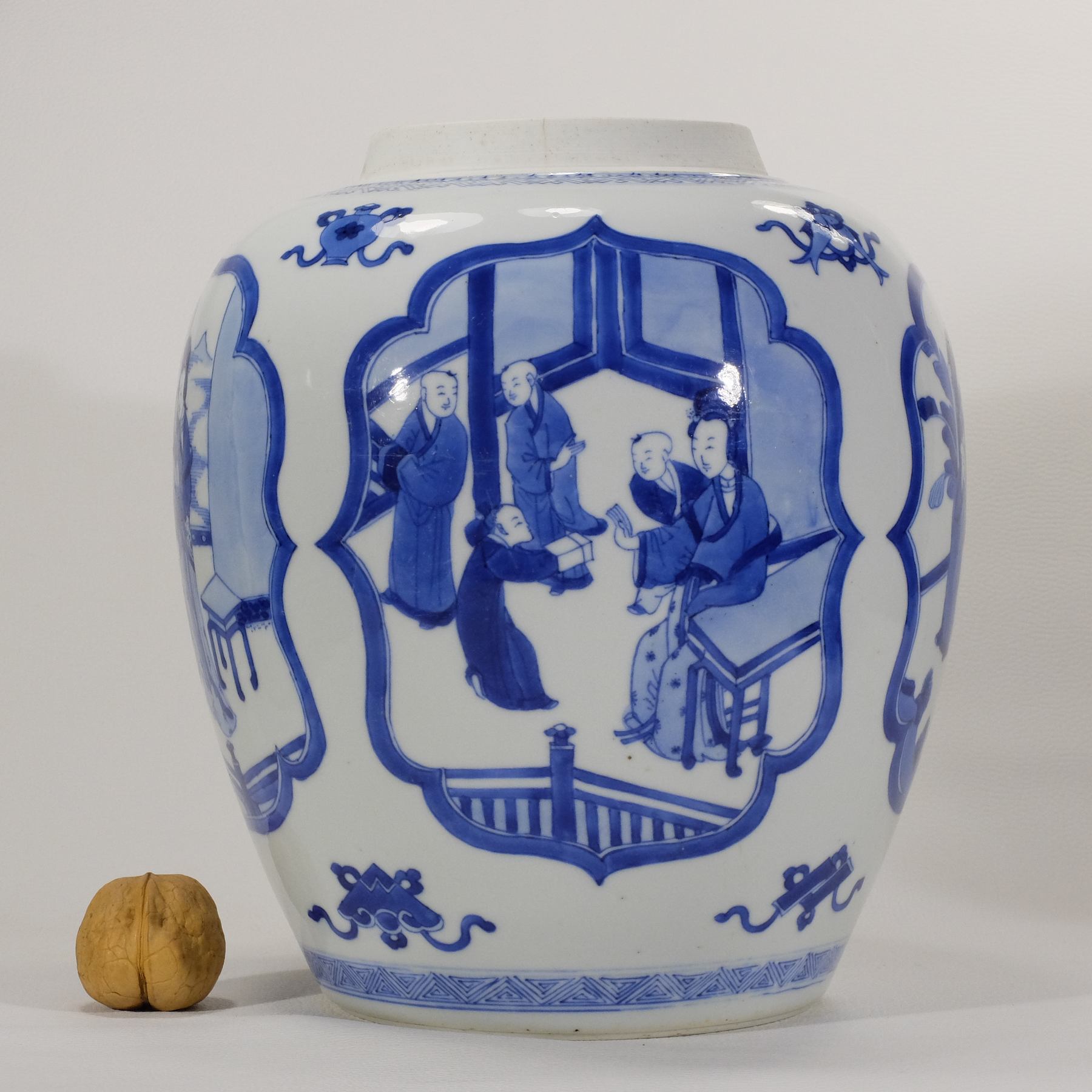
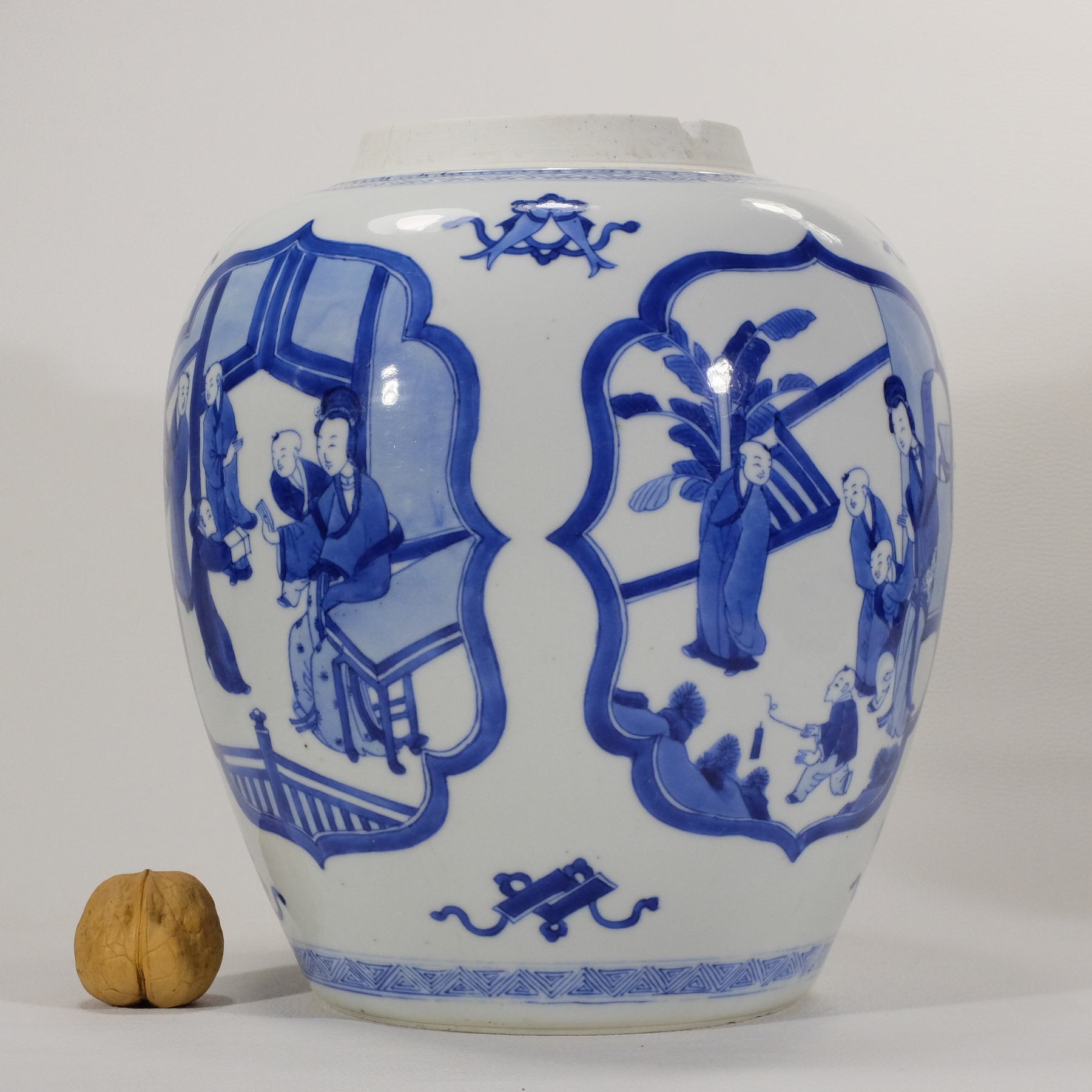
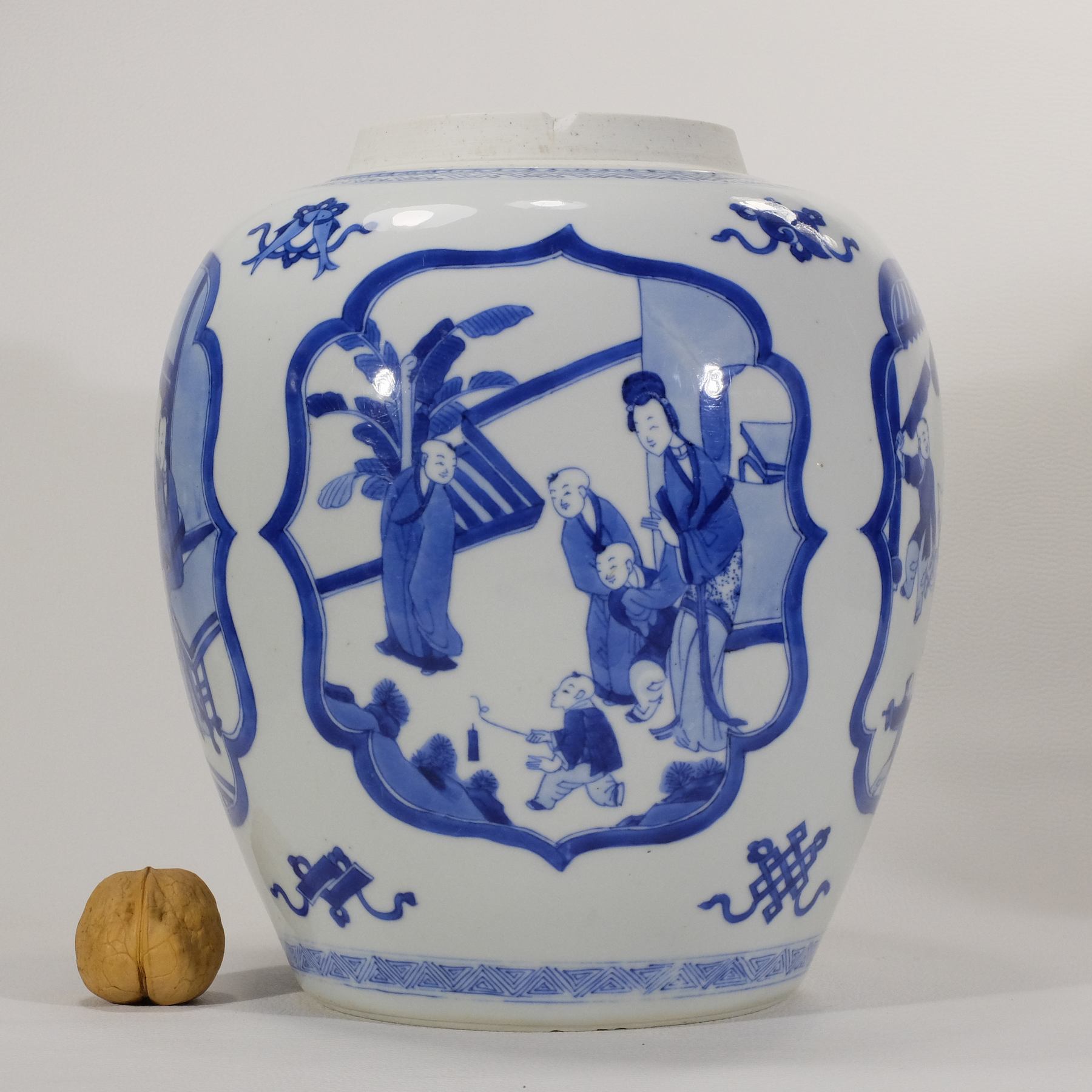
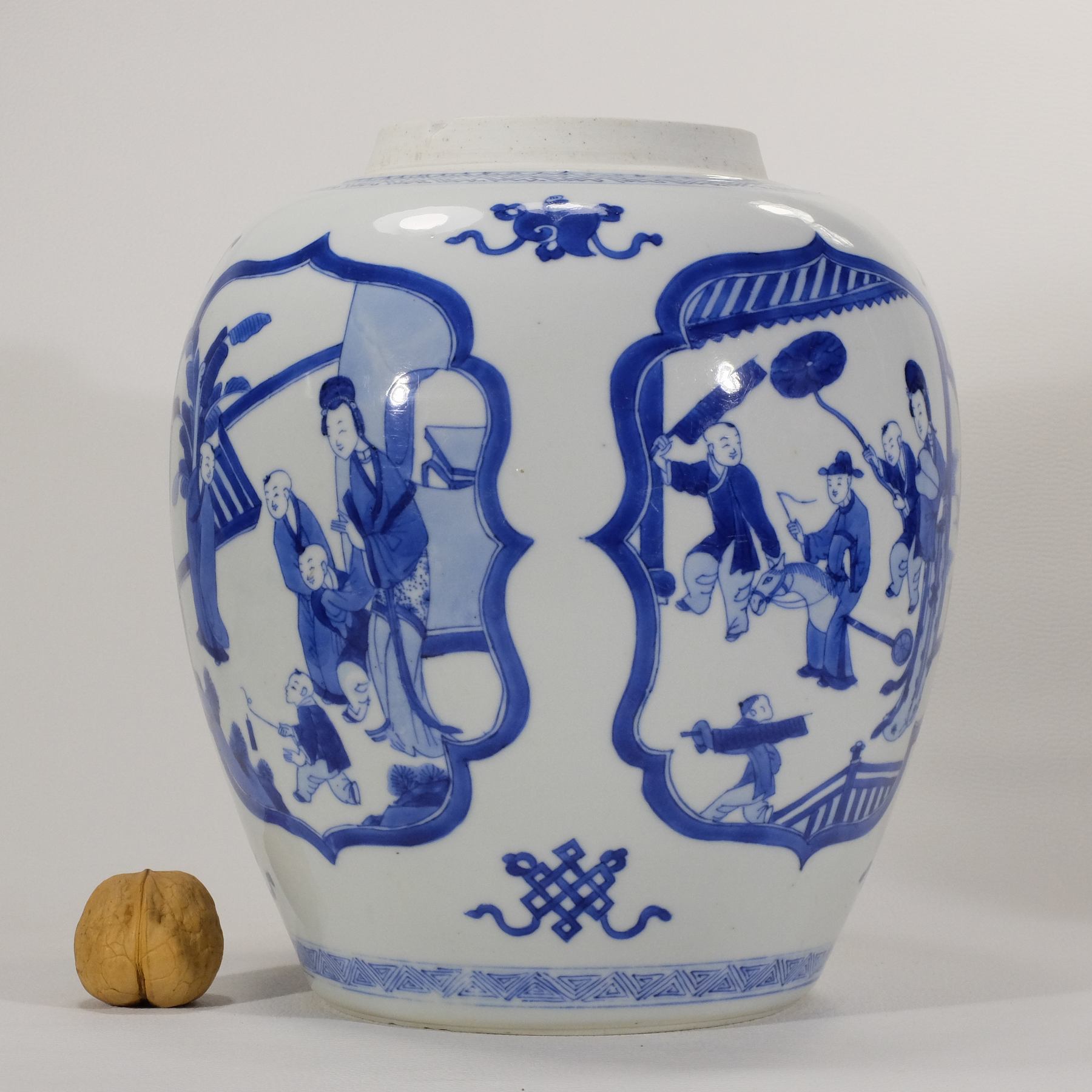
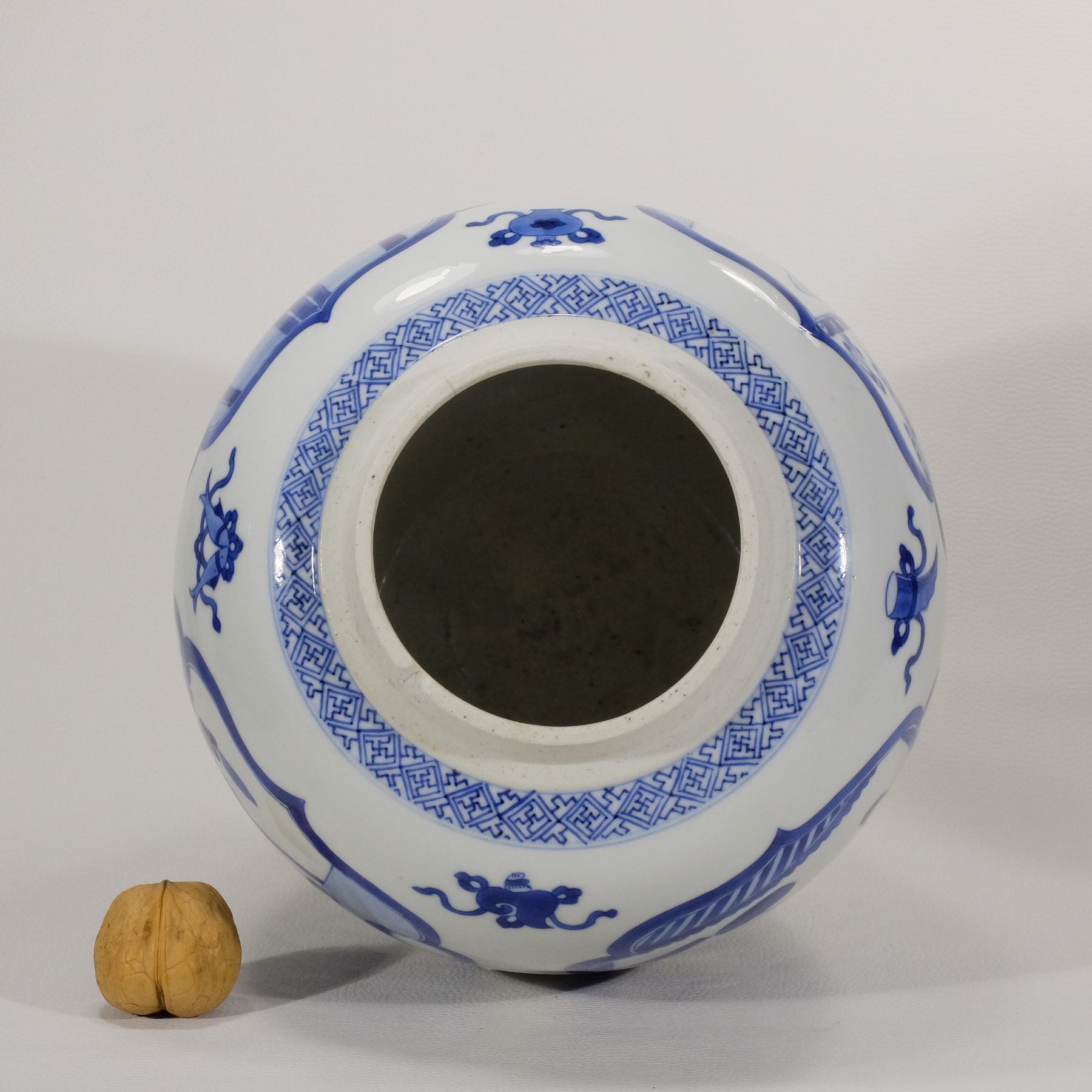
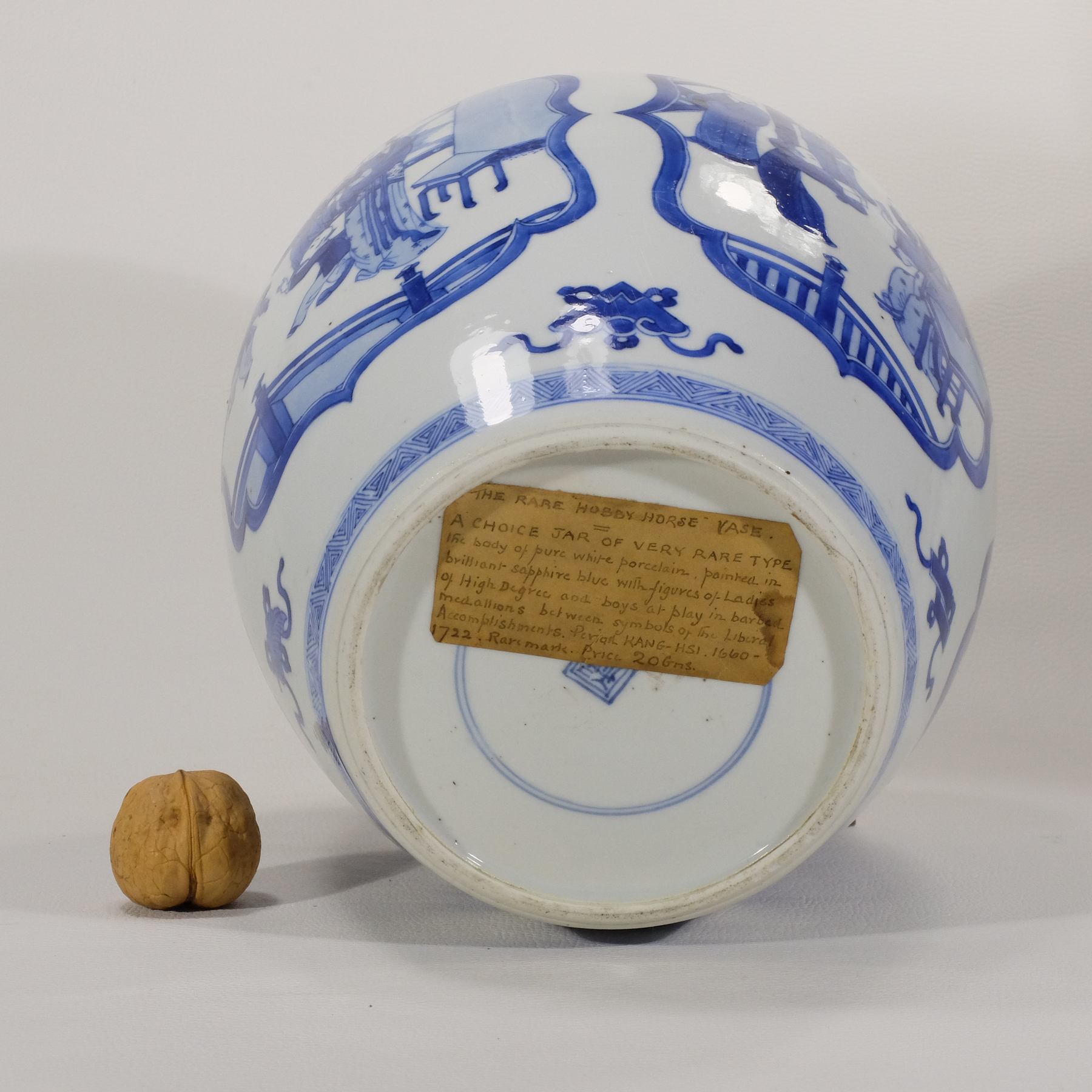
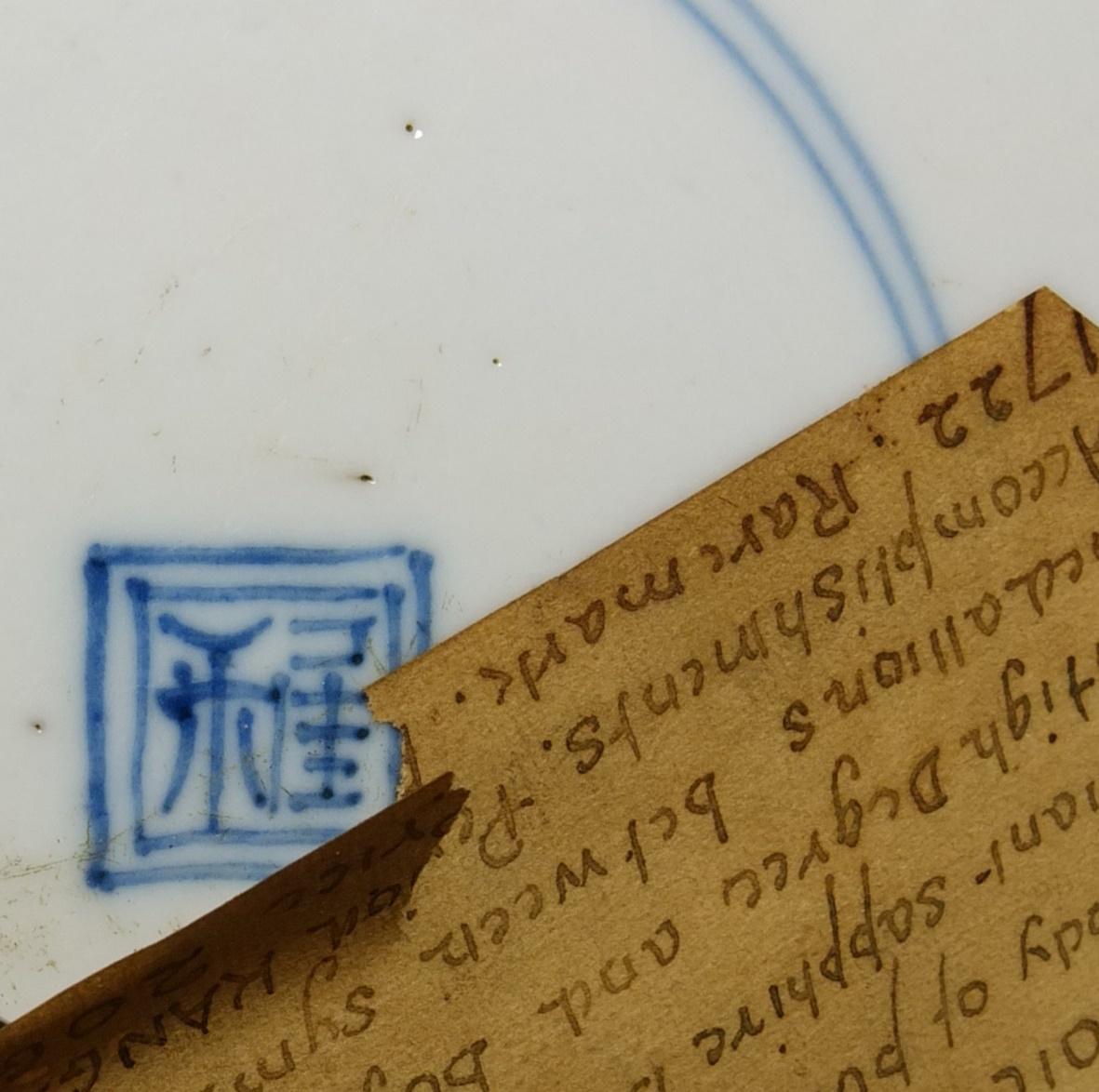
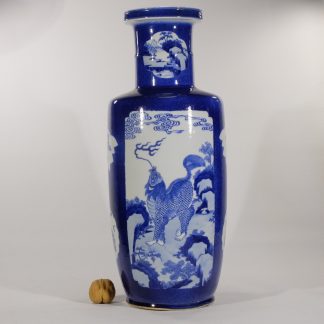
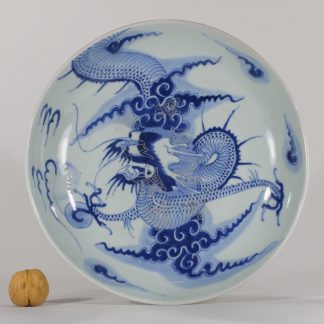
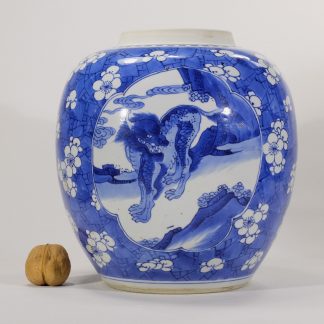
Reviews
There are no reviews yet.